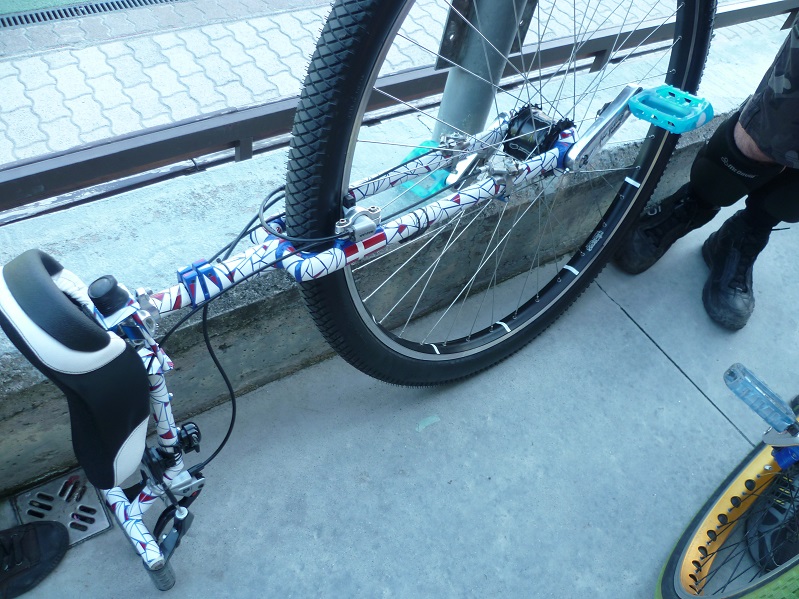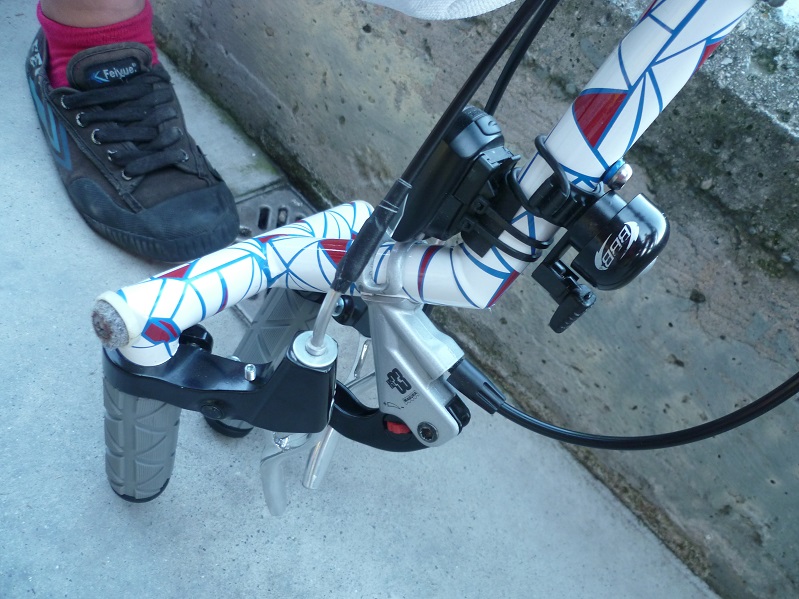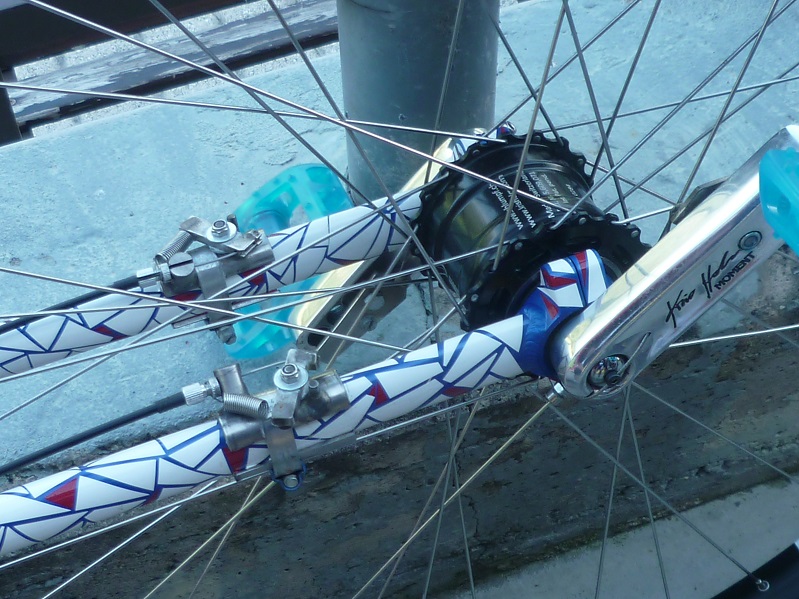I’m kind of breaking a promise not to post this weekend, but thanks for the ideal about moving the sun gear and multiple planetary gears. AJKJ.:)…it has inspired me to rethink some of my old ideals and modify them…now with that being said the number of potentials speeds are virtually “limitless”, limited only by the width of the hub I would assume.
…so even if the gear ratios produced,are unridable it would be a fun build just to do it.
Now I decided to “reincarnate” the old principle design keys you mentioned… Of course I have added a few twist to the ideal, including underdrive…
Let me also tell you I scrapped the third bearing size in the ideal and came up with a bearing race structure ideal consisting of many smaller bearings…which will greatly increase the ability to make it a reality, since manufacturing bearings sizes from scratch would be far too expensive (trying to keep the prototype project under $25,000) according to an employee of Timken bearings.
Now I like to think there is room for everyone to make a geared hub, especially bouin bouin…
Note: still planning on getting the dual chain kits out there but now more interested in making the hub a reality just for experimentation for experimentation sake…for example dual chain unicycles have been done, nobody however has done a 4 speed chain less hub that I can think of.
But…
If nobody else “nudge, nudge, hint, hint” puts a dual chain kits out there then It will sure be on the agenda to aim for manufacturing of said such a product first.
Back to the geared hub current ideal:
Suspected pros: almost any number of gears, more straight forward
Design, no need for extremely large bearings, hand shifting…
Suspected cons: complexity, too many parts, high manufacturing cost, heavy weight, the more gears with unicycles perhaps the more difficult to ride…
There are people who have or are building hubs who would know more about this for example bouin, bouin…
For example see below:
3 advantages with bouin bouins ideal
#1, he is farther along the design, and development process.
#2 after making a sketch I would assume his ideal manifested in reality is or will be much lighter
#3 it probably has less parts, complexity is not always a good thing in fact it seems to be the general consensus that the simpler you can make a mechanical solution the better…for example less likely to break down and last but not least it will be easier to manufacture, …(also perhaps more affordable).
One day I will actually open a thread about the project when I have made progress. It’s been a long 6 years since i have wanted this and it’s been longer for more skilled individuals, but now this is an exciting possibility under the right circumstances that I refuse to accede.(give up).
Maybe down the line I will post another thread if not on this thread once notable progress has been made, sooner or later, which could be as soon as month or at the end of the year.



